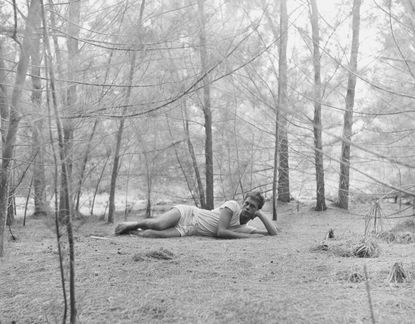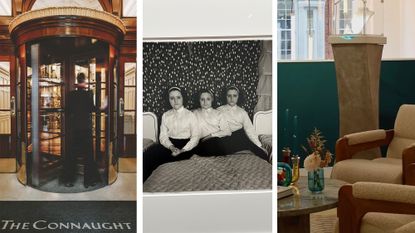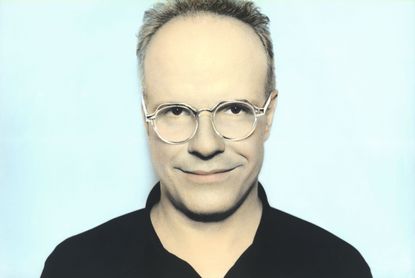Books
-
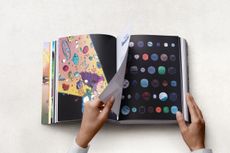
Six beautiful books to gift the watch and jewellery lover
From an encyclopaedic love letter to watchmaking to a celebration of contemporary jewellery, these tomes are true gems
By Milena Lazazzera Published
-
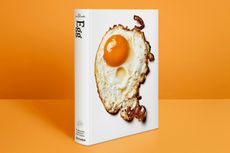
The best contemporary art books to enjoy now
From maverick memoirs to topical tomes, turn over a new leaf with the Wallpaper* arts desk’s pick of new releases and all-time favourite art books
By Anna Solomon Last updated
-
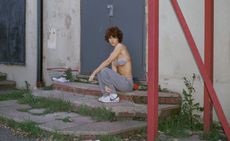
Nadia Lee Cohen distils a distant American memory into an unflinching new photo book
‘Holy Ohio’ documents the British photographer and filmmaker’s personal journey as she reconnects with distant family and her earliest American memories
By Sofia de la Cruz Published
-
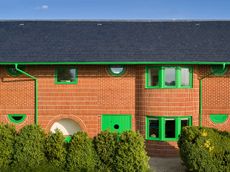
David Kohn’s first book, ‘Stages’, is unpredictable, experimental and informative
The first book on David Kohn Architects focuses on the work of the award-winning London-based practice; ‘Stages’ is an innovative monograph in 12 parts
By Jonathan Bell Published
-
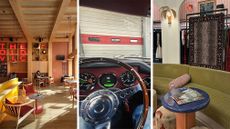
Out of office: The Wallpaper* editors’ picks of the week
The rain is falling, the nights are closing in, and it’s still a bit too early to get excited for Christmas, but this week, the Wallpaper* team brought warmth to the gloom with cosy interiors, good books, and a Hebridean dram
By Anna Solomon Published
-
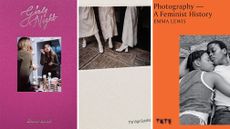
The best photography books for your coffee table
Flick through, mull over and deep-dive into the best photography books on the market, from our shelves to you
By Anna Solomon Last updated
-
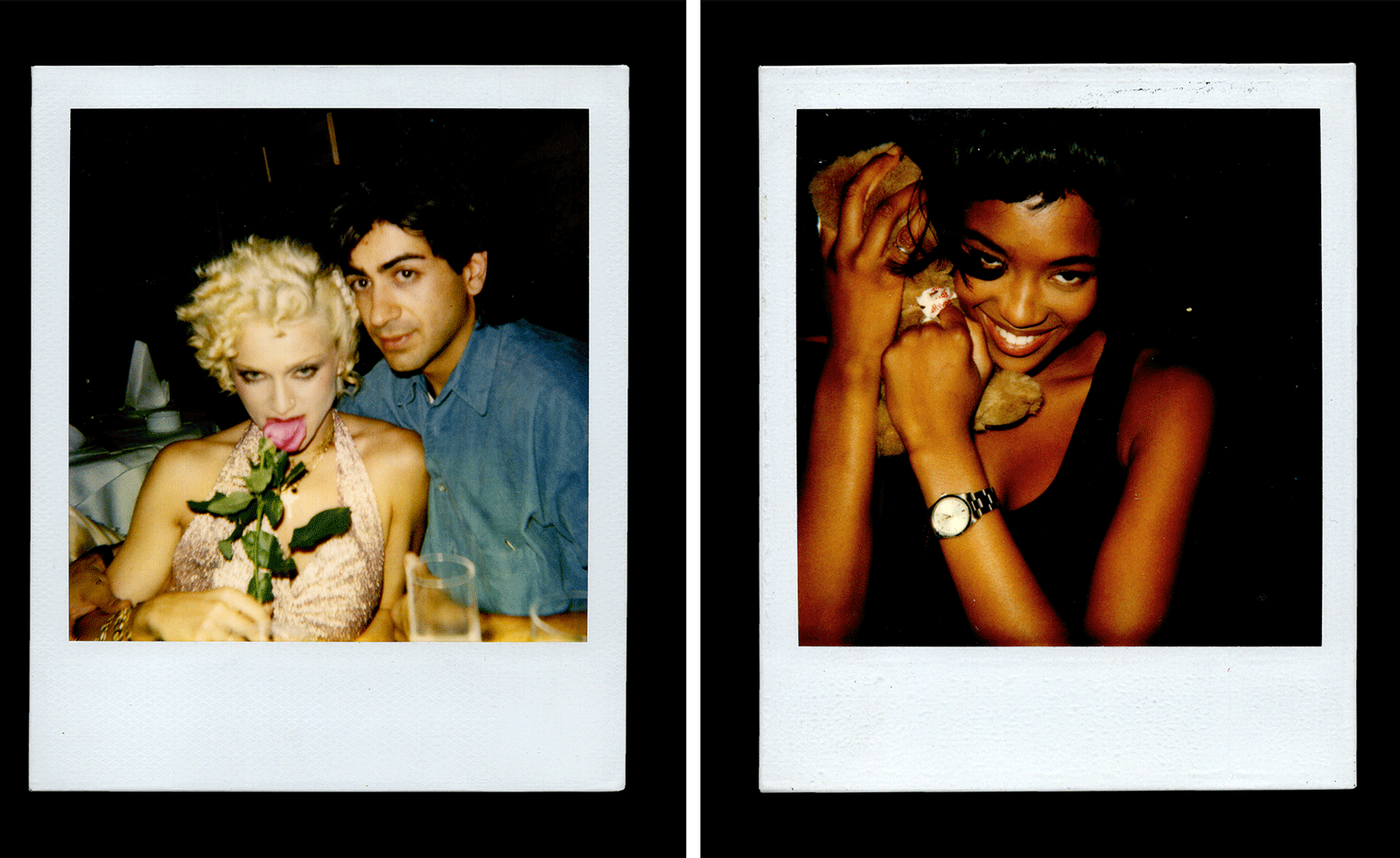
Inside Davé, Polaroids from a little-known Paris hotspot where the A-list played
Chinese restaurant Davé drew in A-list celebrities for three decades. What happened behind closed doors? A new book of Polaroids looks back
By Hannah Silver Published
-
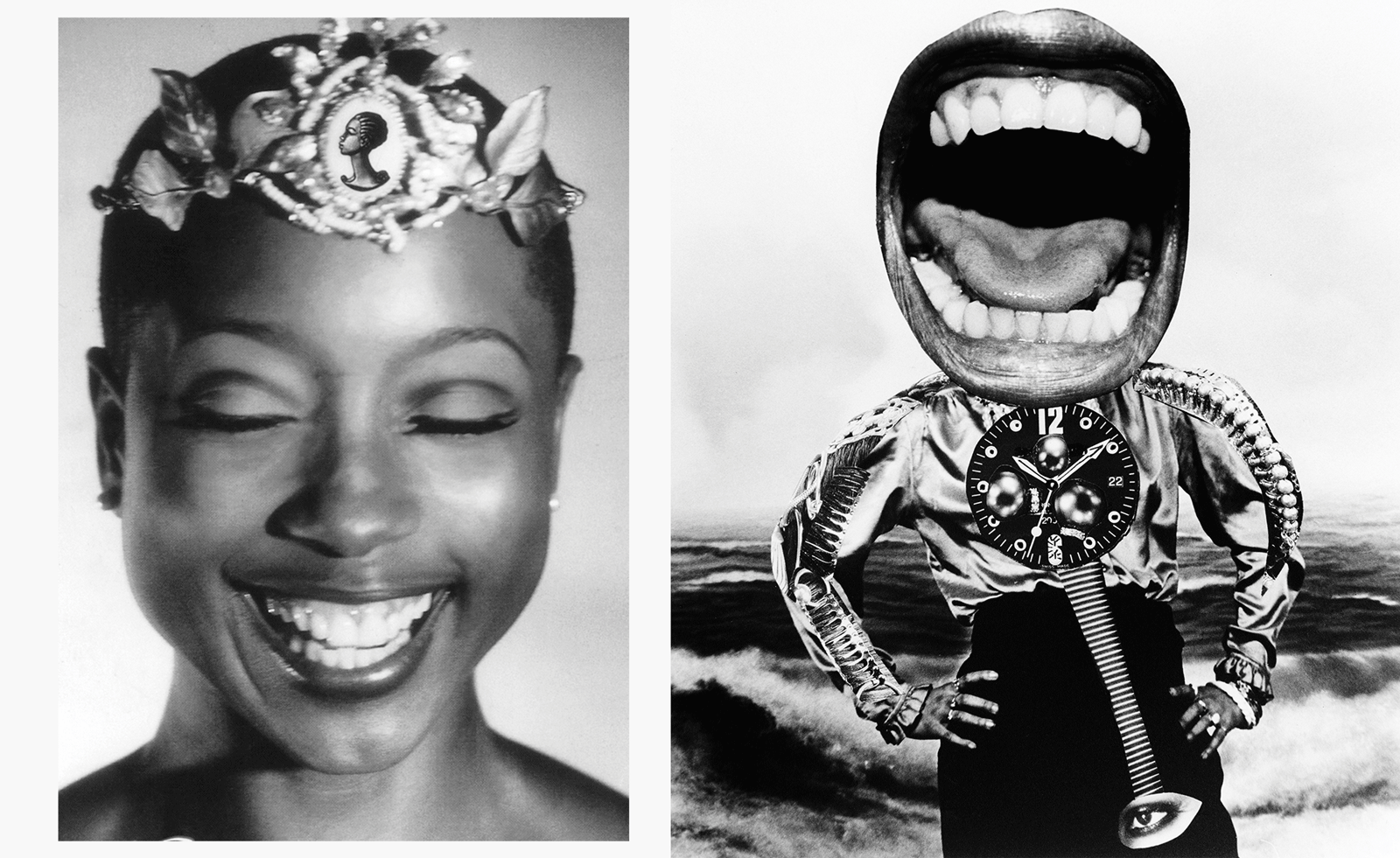
Inside Coreen Simpson’s fabulous, jewellery- and art-filled world
To mark the publication of ‘Coreen Simpson: A Monograph’, we meet the octogenarian photographer and jewellery designer over Zoom, and take a deep dive into her world
By Sarah Moroz Published
-
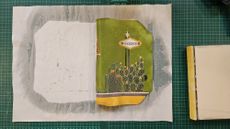
Inside the process of creating the one-of-a-kind book edition gifted to the Booker Prize shortlisted authors
For over 30 years each work on the Booker Prize shortlist are assigned an artisan bookbinder to produce a one-off edition for the author. We meet one of the artists behind this year’s creations
By Joseph Helm Published
-
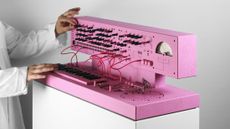
Love Hultén’s new book of audio experiments is weird and wonderful
‘Love Hultén: Works II’ assembles the latest eccentric sonic creations from the Swedish artist and instrument maker
By Jonathan Bell Published
-
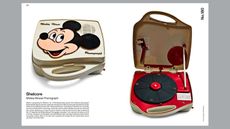
14 of the best new books for music buffs
From music-making tech to NME cover stars, portable turntables and the story behind industry legends – new books about the culture and craft of recorded sound
By Jonathan Bell Published
-
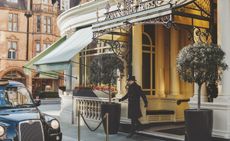
Discover The Connaught’s near 130-year history in its first ever book
‘The Connaught’, published by Assouline and written by Wallpaper* editor-in-chief Bill Prince, charts the Mayfair hotel’s extravagant history
By Tianna Williams Published
-
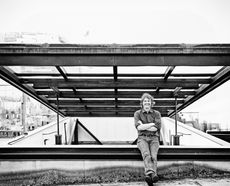
Explore Tom Kundig’s unusual houses, from studios on wheels to cabins slotted into boulders
The American architect’s entire residential portfolio is the subject of a comprehensive new book, ‘Tom Kundig: Complete Houses’
By Léa Teuscher Published
-
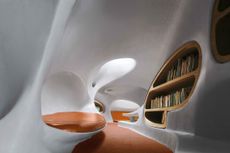
Tour the world’s best libraries in this new book
Author Léa Teuscher takes us on a tour of some of the world's best libraries, from architect-designed temples of culture to local grassroots initiatives
By Rosa Bertoli Published
-
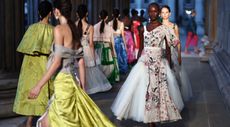
‘I take stories from the past as a lens to consider the present’: Erdem Moralıoğlu on two decades of transporting fashion
As a new retrospective book, ‘Erdem’, is released this week, the Canada-born designer joins Wallpaper* to reflect on the last 20 years of his eponymous label. ‘Everything’s changed and yet nothing has,’ he says
By India Birgitta Jarvis Published
-
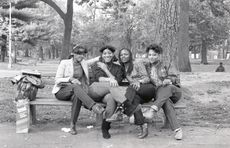
Jamel Shabazz’s photographs are a love letter to Prospect Park
In a new book, ‘Prospect Park: Photographs of a Brooklyn Oasis, 1980 to 2025’, Jamel Shabazz discovers a warmer side of human nature
By Josh Sims Published
-
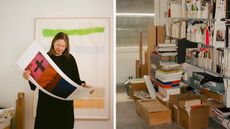
Irma Boom on books and beyond – meet the Dutch graphic design legend in her studio
A pioneering force in the world of print, Boom welcomes us to her Amsterdam studio to discuss the infinite possibilities of book design, curious heroines and holy encounters
By Mark Smith Published
-
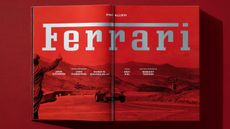
Taschen’s all-encompassing history of Ferrari is a mighty monograph for a mighty brand
At nearly 700 pages, this new book from Taschen is the ultimate gift for the Ferrari fan in your life, spanning the brand’s history on road and track from inception through to the present day
By Jonathan Bell Published
-
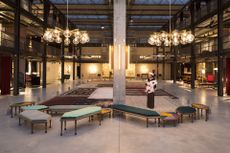
Martino Gamper transforms Nilufar Depot into a live workshop for the gallery’s tenth anniversary
Nina Yashar celebrates the first decade of Nilufar Depot with a week of live-making by Martino Gamper and a book chronicling the gallery’s extraordinary exhibitions
By Laura May Todd Published
-
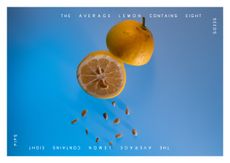
Ed Ruscha and Ruthie Rogers team up on zingy new cookbook
Ed Ruscha and friend Ruthie Rogers, chef and River Café co-founder, have teamed up on a cookbook with a difference
By Annabel Downes Published
-
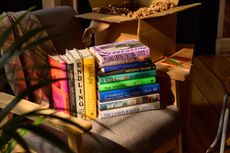
Make the Booker Prize shortlist your new reading list
This year’s Booker Prize shortlist captures the emotional complexity of our times, with stories of fractured families, shifting identities and the search for meaning in unfamiliar places
By Charlotte Gunn Last updated
-

Thomas Prior’s photography captures the uncanny fragility of American life
A new book unites two decades of the photographer’s piercing, uneasy work
By Finn Blythe Published
-
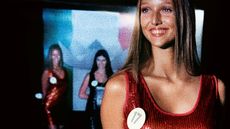
Carla Rossi explores benchmark beauty standards in new photo book ‘Bellissima’
The photographer’s new publication explores the representation of women in Italian media culture
By Laura Havlin Published
-
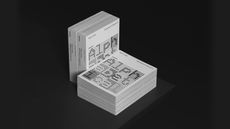
‘Alphabetical Playground’ is a new book about experimental graphics and abstract letterforms
Nigel Cottier’s new monograph ‘Alphabetical Playground’ explores the creative limits of contemporary typography, delving into tech-driven geometric abstraction
By Jonathan Bell Published
-
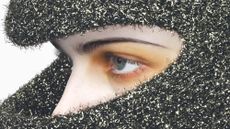
‘Scripted’ is a new book that explores the dark side of beauty photography
Photographer Alex Black’s images explore and subvert contemporary definitions of beauty – take a peek inside her new book
By Mary Cleary Published
-

Explore the design and history of the humble camping tent in a new book
‘The Camping Tent’ by Typologie reframes a familiar object, revealing its complexity and cultural weight – and invites us to look at it anew
By Ali Morris Published
-
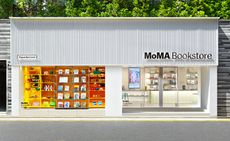
Seoul welcomes the world’s first MoMA Bookstore
Manhattan’s cultural heavyweight opens its first dedicated bookstore – in Seoul, in partnership with Hyundai Card
By Sofia de la Cruz Published
